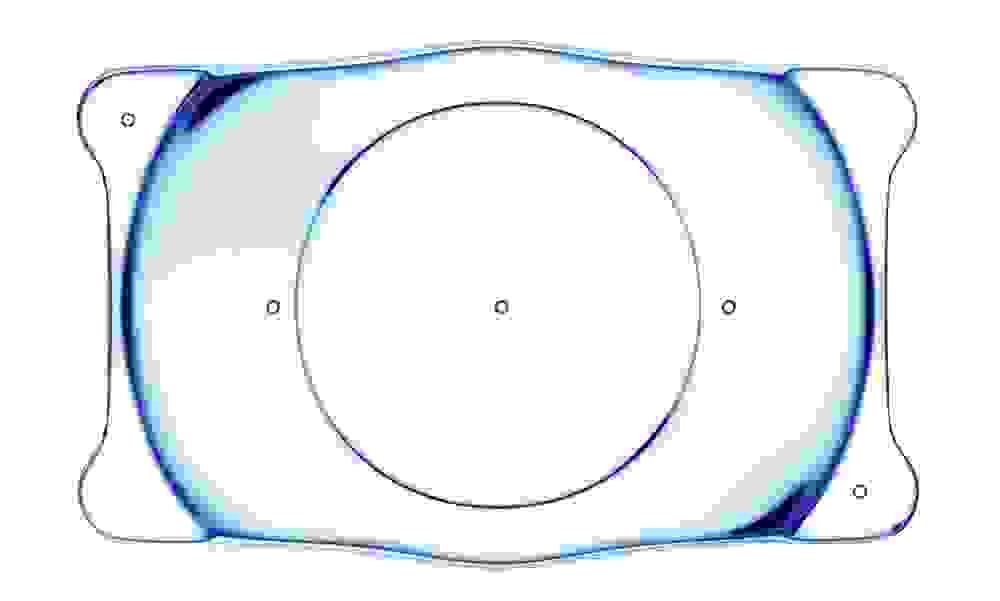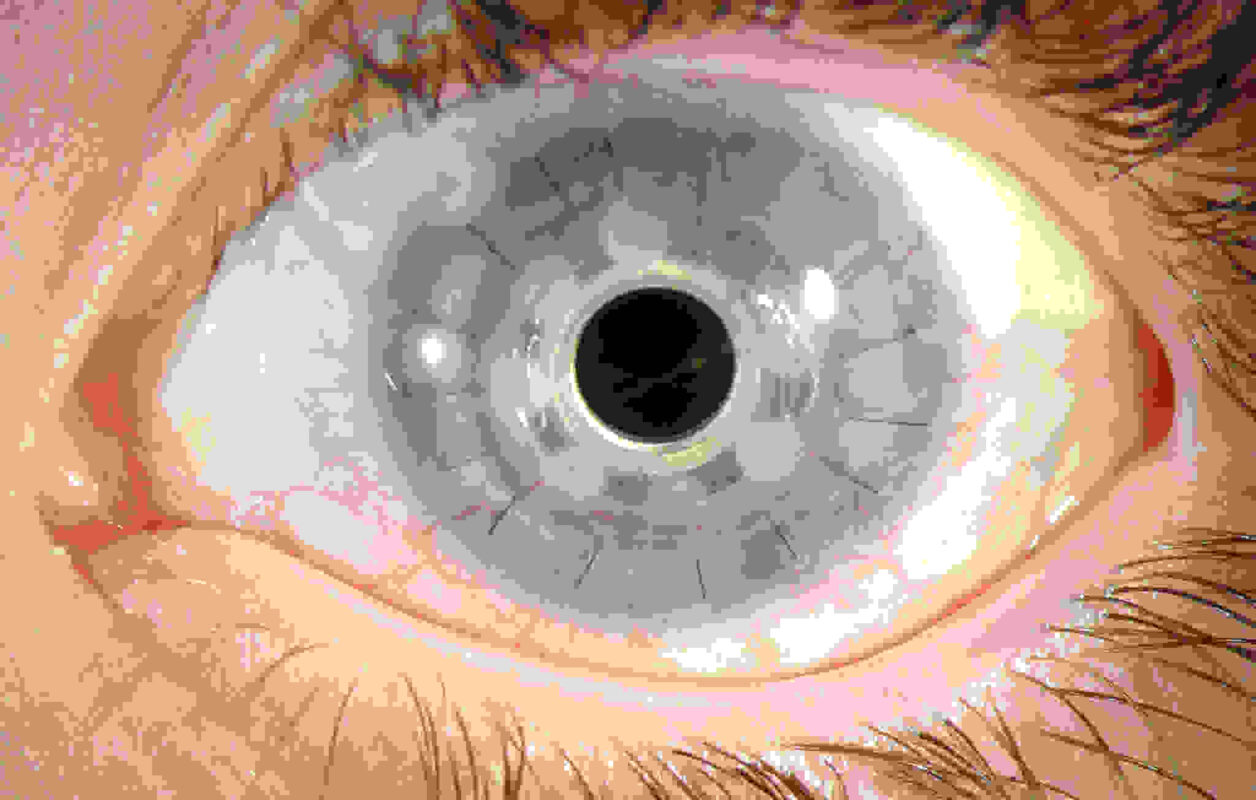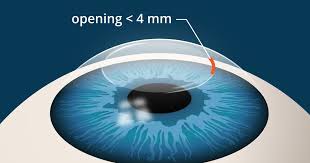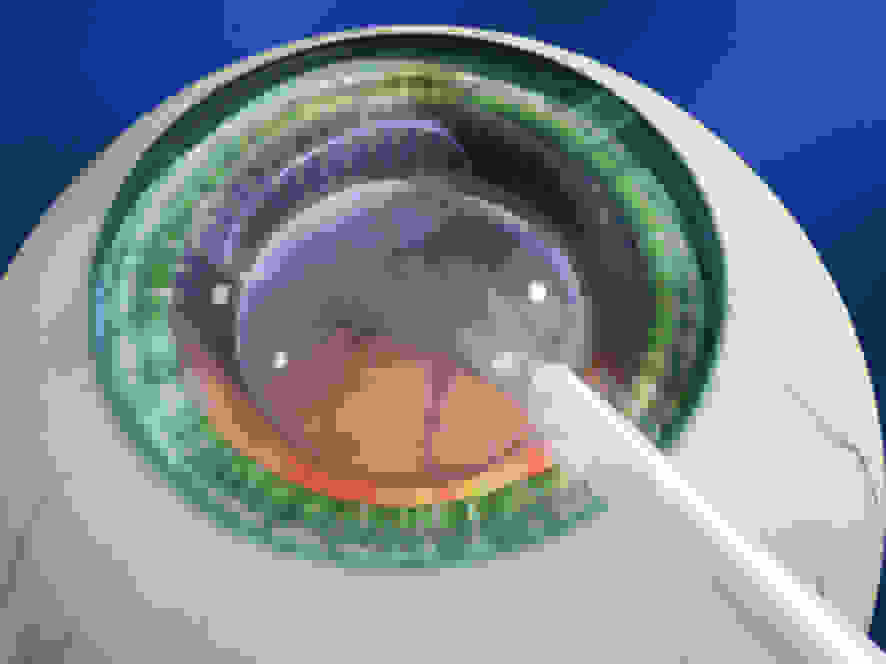Understanding Lens Pricing
Have you ever wondered why some lenses are priced higher than others? Lens prices can vary significantly based on a variety of factors, including the brand, type, and features. Understanding these factors can help you navigate the world of lens prices and find the best option for your needs and budget.
Factors Influencing Lens Prices
Lens Type and Purpose:
The type of lens you need will greatly influence its price. Prime lenses, which have a fixed focal length, are often more affordable than zoom lenses, which offer variable focal lengths. Additionally, specialty lenses designed for specific purposes, such as macro or tilt-shift lenses, tend to be more expensive due to their specialized features.

Brand Reputation
Brand reputation plays a significant role in lens pricing. Well-known brands with a reputation for quality and innovation often command higher prices than lesser-known brands. While you may pay a premium for a lens from a reputable brand, you can also expect higher quality and better performance.
Aperture and Optical Quality
The aperture and optical quality of a lens can also impact its price. Lenses with wider maximum apertures and superior optical elements generally cost more than lenses with smaller apertures and lower-quality optics. These lenses often produce sharper images with better contrast and less distortion, making them worth the investment for serious photographers.
Zoom Range and Focal Length
The zoom range and focal length of a lens can affect its price. Lenses with longer zoom ranges and more versatile focal lengths typically cost more than lenses with shorter zoom ranges or fixed focal lengths. This is because designing and manufacturing lenses with a wider range of focal lengths is more complex and requires more advanced technology.
Image Stabilization
Image stabilization is a feature that helps reduce blur caused by camera shake, especially when shooting in low light or using long focal lengths. Lenses with built-in image stabilization tend to be more expensive than those without this feature. However, the benefits of image stabilization can be invaluable, particularly for handheld shooting in challenging conditions.
Build Quality and Materials
The build quality and materials used in a lens can also impact its price. Lenses constructed from high-quality materials such as metal alloys and premium glass elements tend to be more expensive than lenses made from cheaper materials. Additionally, lenses with weather sealing and robust construction are often priced higher due to their durability and reliability in adverse conditions.
Compatibility
Compatibility with your camera system is another factor to consider when pricing lenses. Lenses designed for specific camera mounts, such as Canon EF or Nikon F, may be more expensive than third-party lenses with universal mounts. Additionally, lenses with autofocus motors and electronic connections for communication with the camera body typically cost more than manual-focus or basic lenses.
New vs. Used Lenses
When shopping for lenses, you’ll often have the option to buy new or used. While new lenses come with the assurance of warranty coverage and pristine condition, used lenses can offer significant savings. However, it’s essential to thoroughly inspect used lenses for signs of wear and damage before making a purchase.
Where to Find the Best Deals
Now that you understand the factors that influence lens prices, you may be wondering where to find the best deals. Here are some tips for saving money on your next lens purchase:
- Shop Online: Online retailers often offer competitive prices and a wide selection of lenses to choose from. Websites like Amazon, B&H Photo, and Adorama are popular choices for purchasing lenses online.
- Compare Prices: Before making a purchase, be sure to compare prices from multiple retailers to ensure you’re getting the best deal. You may find that prices vary significantly between different sellers, so it pays to shop around.
- Consider Refurbished or Open Box: Refurbished and open box lenses can offer substantial savings compared to new models. These products are often like new and come with manufacturer warranties for added peace of mind.
- Wait for Sales or Promotions: Keep an eye out for sales, promotions, and clearance events, especially during holiday seasons. Many retailers offer discounts on lenses and camera gear throughout the year, allowing you to save even more on your purchase.
- Consider Third-Party Lenses: Third-party lenses from companies like Sigma, Tamron, and Tokina can offer comparable performance to name-brand lenses at a lower price point. Don’t overlook these options when shopping for your next lens.
Tips for Saving Money on Lens Purchases
- Set a Budget: Before starting your search for a new lens, determine how much you’re willing to spend. Setting a budget will help you narrow down your options and avoid overspending.
- Prioritize Features: Identify the features that are most important to you in a lens and prioritize accordingly. This will help you focus on finding a lens that meets your needs without paying for unnecessary extras.
- Consider Used Gear: Don’t overlook the value of buying used lenses. You can often find gently used lenses in excellent condition for a fraction of the cost of new ones.
- Bundle Deals: Keep an eye out for bundle deals that include additional accessories or discounts when purchasing multiple items together. These deals can help you maximize your savings on lens purchases.
- Stay Informed: Follow photography forums, websites, and social media channels to stay informed about the latest deals and promotions on lenses. Being proactive can help you snag the best deals before they’re gone.
Author Details:
Dr. Sushruth Appajigowda holds a prominent position as a Cornea, Cataract, Glaucoma, and LASIK Surgeon in Bangalore. He serves as the chief Cataract and Refractive surgeon at Vijaya Nethralaya Eye Hospital, Nagarbhavi Bangalore. Renowned as one of the finest LASIK surgeons nationwide, he brings with him over 12+ years of experience across multiple LASIK platforms, including ZEISS, ALCON, SCHWIND, AMO, and Bausch and Lomb. Having successfully conducted over 5000 LASIK procedures, Dr. Sushruth holds the title of a Certified Refractive Surgeon and a Fellow of the All India Collegium Of Ophthalmology. Furthermore, he stands as a distinguished speaker at various National and International Forums, using his expertise to guide you in selecting the most suitable procedure based on your health requirements.

http://vijayanethralaya.com/link-in-bio/
Conclusion:
In conclusion, understanding lens prices requires knowledge of various factors, including type, brand, features, and more. By considering these factors and following the tips outlined in this guide, you can find the perfect lens for your needs without breaking the bank.
FAQs:
1. Where can I find the best deals on lenses?
You can find the best deals on lenses online through retailers like Amazon, B&H Photo, and Adorama. Be sure to compare prices and consider refurbished or open box options for additional savings.
2. What factors influence the price of a lens?
Several factors influence the price of a lens, including type, brand reputation, aperture, zoom range, image stabilization, build quality, compatibility, and whether the lens is













